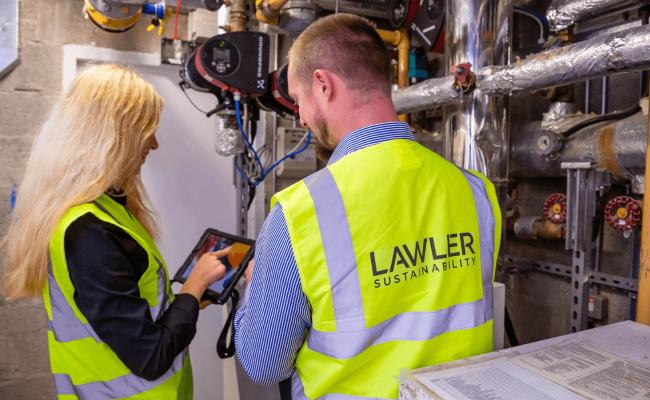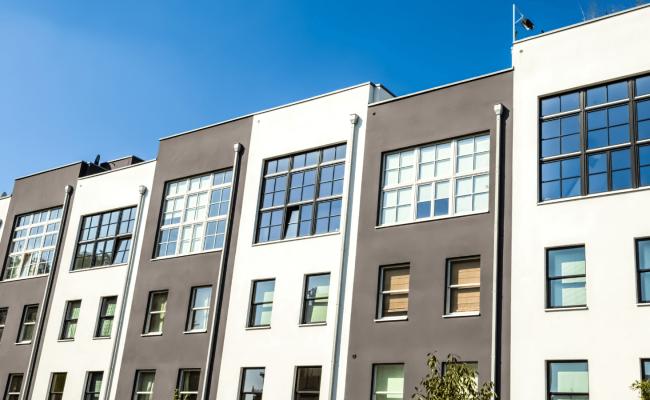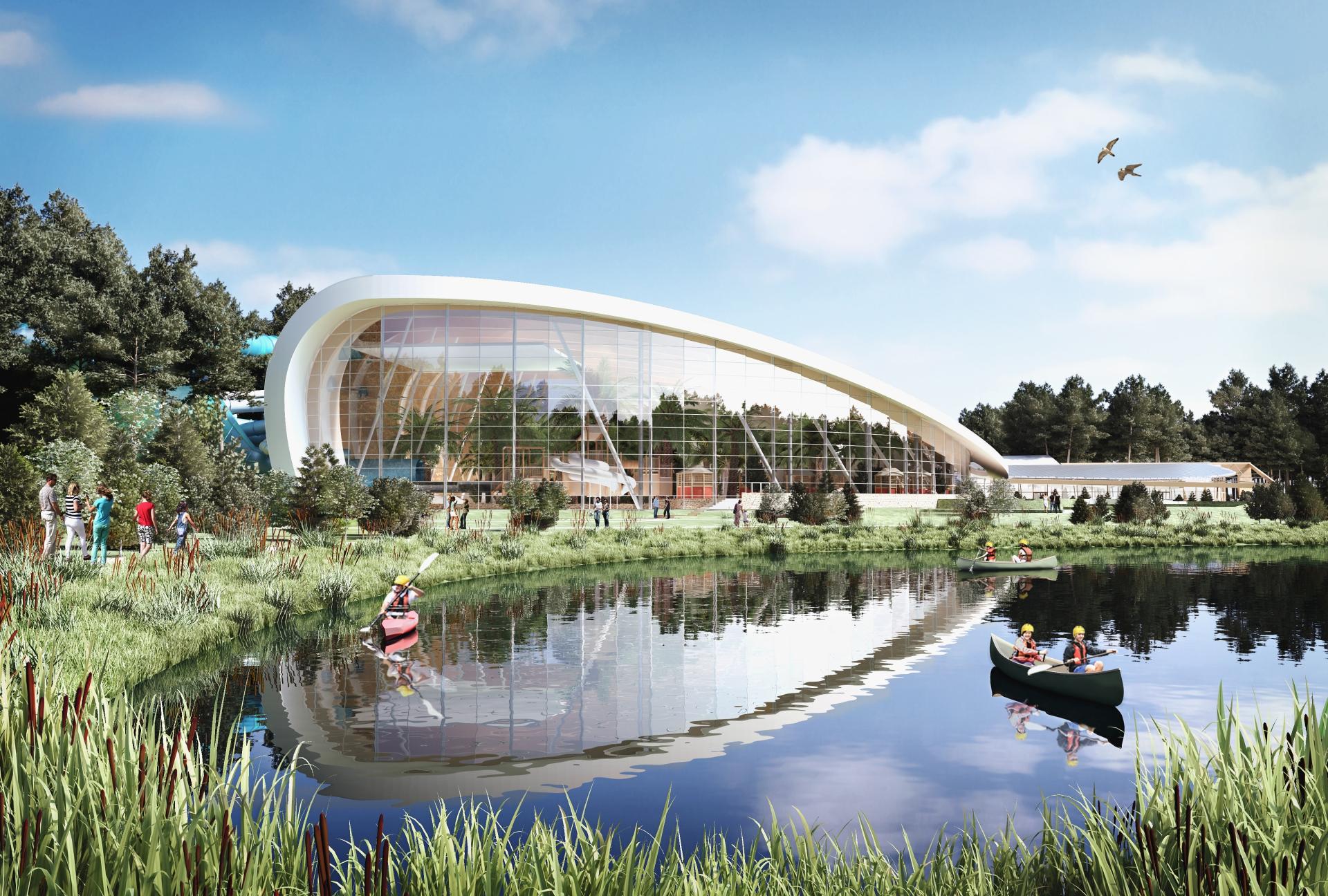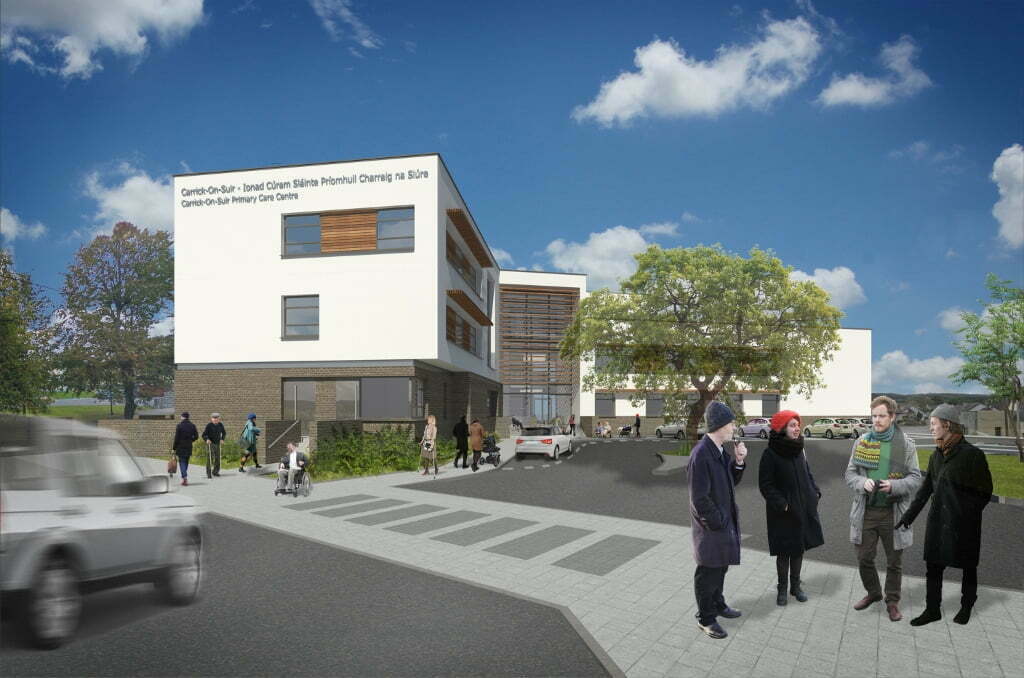Computational Fluid Dynamics (CFD) models detail airflow within a space and are an excellent tool for predicting HVAC performance.
Advanced Energy Modelling
There is an increasing demand from building users for safe, healthy, and efficient buildings which meet the needs of those who occupy them. This demand to demonstrate better building performance includes health and well-being as well as carbon, energy, and waste reduction.
Advanced Energy Modelling goes beyond building regulations to precisely detail the predicted end-use of each energy consumer within a building, across a year. This has significant value to the user and client by enabling building energy targets to be tracked against actual usage, highlighting the ‘performance gap’ and identifying opportunities for improvement.

Computational Fluid Dynamics
One of the most effective methods of Advanced Energy Modelling is Computational Fluid Dynamics (CFD).
CFD uses applied mathematics, physics, and computational software to visualise how a gas or liquid flows – as well as how the gas or liquid affects objects it encounters.
Our sustainability team assesses critical aspects such as occupant comfort, air mixing, and air distribution for a vast range of spaces and buildings. This is particularly important in atria, swimming pools, auditoriums, sports halls, and other facilities where large groups of people congregate for extended periods of time. By helping to identify inequalities in the distribution of air around a building, CFD can highlight opportunities for improving HVAC efficiency as well as improving overall air quality.




























